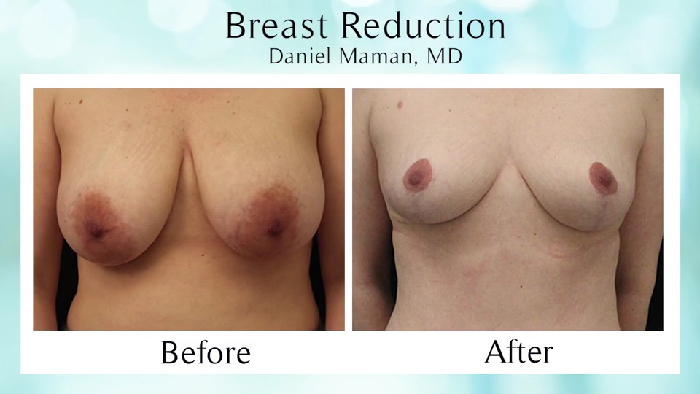If you stare at any part of your body that comes in pairs – eyes, ears, breasts, etc. – if you look closely enough, chances are you’ll see that each pair area a little ‘off.’ One could be a little higher than the other, or smaller than its pair. Lopsided may be too strong of word, but you get the idea.
Asymmetry is a Fact of Life that Starts Very Early
Most of us have noticed the inevitable with our bodies — a foot, a hand, or an eye is bigger than the other. These differences may be due to a variety of factors, like handedness or injuries, but it’s important to remember we’re not symmetrical beings. Anatomy expert Leo Q. Wan explains that although the human body looks symmetrical on the outside, most of our vital organs are arranged asymmetrically.
This asymmetry is linked to a theory that is focused on what develops as our embryos grow and mature.
Researchers Now Think Asymmetrical Body Parts may Alter our Dispositions
How aggressively an angry person will react can be measured by the size relationship between a person’s ears and other body parts, according to a new study. Research showed the farther certain paired body parts were from symmetry – if one ear, index finger or foot was bigger than another, for example – the more likely it is was that a person would show signs of aggression when provoked. The symmetry effects were different in men and women, however.
While the findings may seem strange, there is a plausible explanation, said Zeynep Benderlioglu, co-author of the study and a post-doctoral researcher at Ohio State University. Deviations from symmetry are thought to reflect stressors during pregnancy – such as poor health, alcohol and tobacco use – that may affect development of the fetus in a variety of ways.
“Paired body parts are presumably controlled by similar genetic instructions, so if everything goes perfectly you would expect paired body parts to be the same size,” Benderlioglu said. “But stressors during pregnancy may lead to asymmetrical body parts. The same stressors will also affect development of the central nervous system, which involves impulse control and aggression,” she said. “So while asymmetry doesn’t cause aggression, they both seem to be correlated to similar factors during pregnancy.”
From a Beauty Standpoint, is Surgery the Answer?
“When we talk about breast aesthetics, one of the things I’m always looking for is symmetry between the breasts,” says Dr. Brad Calobrace, a board certified plastic surgeon in Louisville, KY. “And I can tell you it’s a fact: if you poll any number of female patients and I’m going to say 100 percent of the time, a woman’s breasts are NOT exactly symmetrical.
“Now the question is ‘How easily can I bring these breasts into symmetry?” Calobrace tells The Plastic Surgery Channel. “Is it worth it? We can change all the aspects of the asymmetry that we can without complicating it.”
Once Surgery is Chosen, Then the Question becomes, “One or Both Sides?”
“In the case of breasts, 100% of women have breast asymmetry,” says Dr. Daniel Y. Maman, a board certified plastic surgeon in New York City. “So it’s important to point out pre-operatively. In most cases, I think it’s best to do whatever the type of revision on both sides, rather than just one. Usually I discuss that with patients and most all patients will agree on bilateral surgery.”
As a society, we continue to value symmetrical looks as signs of beauty, but asymmetry holds an allure of its own with its striking imperfections.



















Facebook
Twitter
Instagram
YouTube
RSS